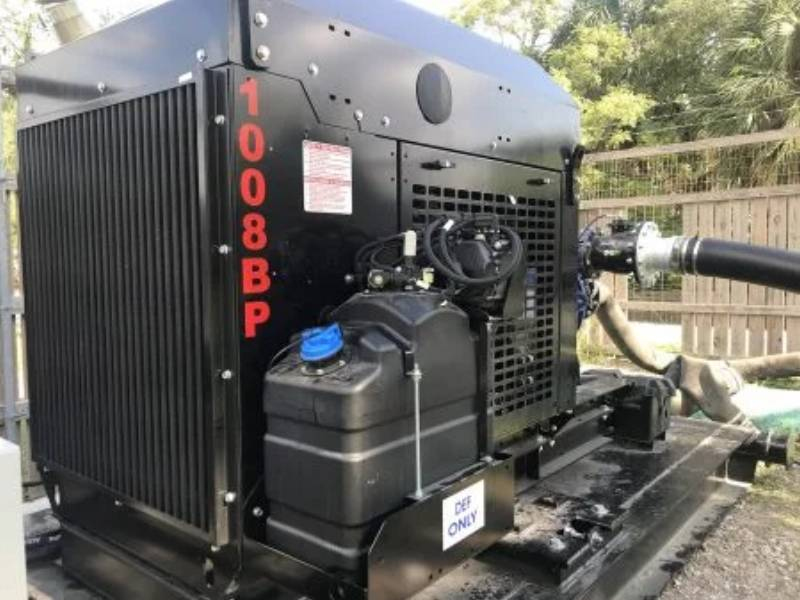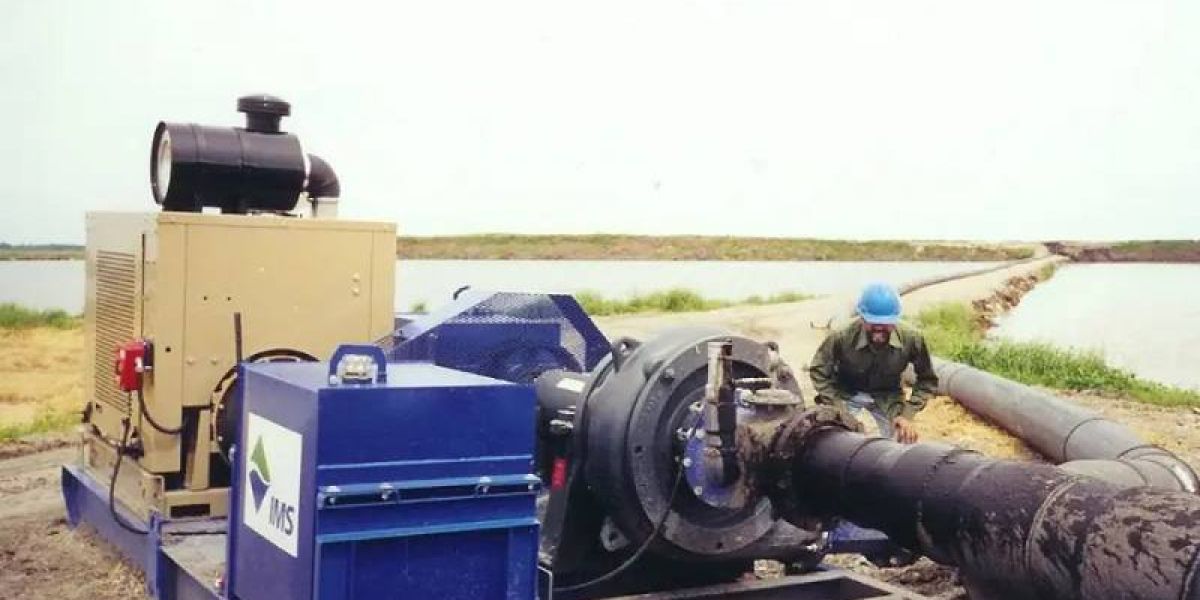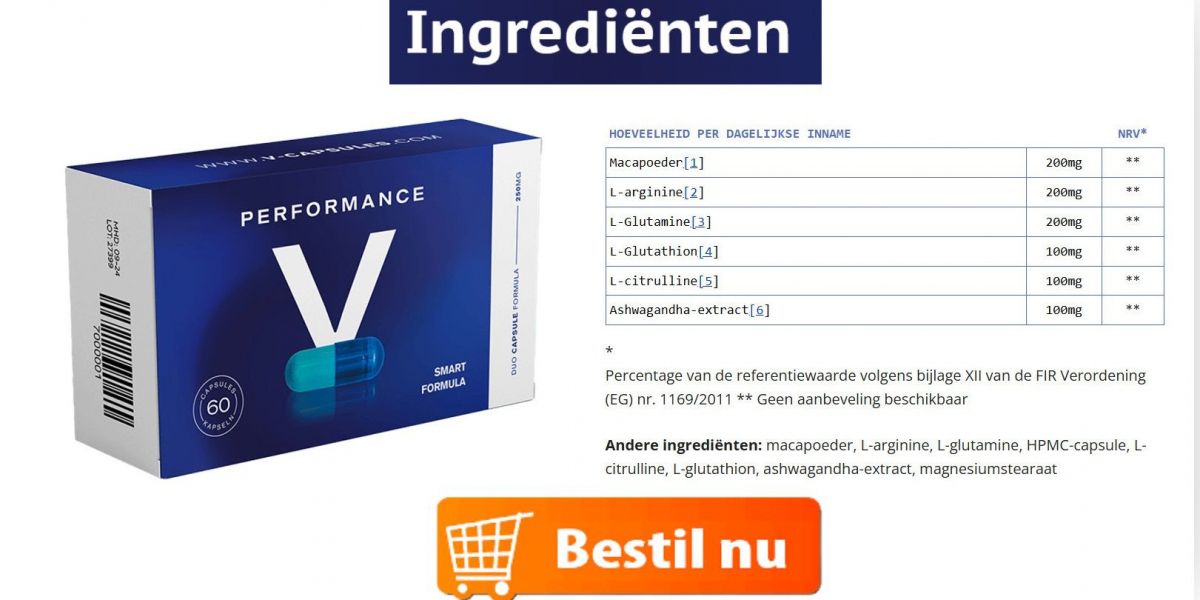Maximizing performance with a dredging booster pump involves understanding both the pump’s capabilities and the specific needs of your project. Whether you're working in shallow or deep waters, the key to enhancing efficiency lies in selecting the right pump, ensuring it’s properly set up, and maintaining it regularly. By addressing these factors, you can avoid costly downtime and increase productivity. This guide will walk you through essential steps to make sure your dredging booster pump operates at peak performance while meeting the demands of your dredging tasks.
Choosing The Right Dredging Booster Pump For Your Project Needs
To maximize performance, it is essential to choose the correct dredging booster pump for your project’s requirements. Assess the specific conditions of your dredging site, such as water depth, sediment type, and required flow rates. A properly sized pump ensures optimal performance, preventing overworking the system. Additionally, consider the pump’s horsepower, portability, and the ability to handle varying levels of slurry concentration. Understanding these factors allows you to make an informed decision, resulting in a pump that meets your operational needs while ensuring maximum efficiency.

Key Features To Look For In A Dredging Booster Pump
When selecting a dredging booster pump, several key features should be prioritized:
- Flow rate: Ensure the pump can handle the necessary volume of material per minute.
- Power: Adequate horsepower is vital for heavy-duty dredging tasks.
- Portability: Choose a model that fits the mobility requirements of your site.
- Durability: Look for pumps made with corrosion-resistant materials for longevity in harsh environments.
- Ease of maintenance: Opt for pumps that are easy to service to avoid prolonged downtime.
- Versatility: A pump that can adapt to various slurry densities enhances overall performance.
Proper Setup Tips For Optimal Dredging Booster Pump Efficiency
Achieving optimal efficiency starts with proper setup. Ensure that the dredging booster pump is positioned at the correct angle and in the best location for maximum suction. Maintain an appropriate distance between the intake and discharge hoses to reduce unnecessary strain on the pump. Also, verify that all connections are tight and free of leaks to prevent loss of pressure. For smoother operation, monitor the water and sediment mix to prevent clogging. These setup tips will ensure your dredging booster pump operates efficiently, reducing the likelihood of performance issues.
How To Maintain Your Dredging Booster Pump For Longevity?
Regular maintenance is key to ensuring the longevity of your dredging booster pump. Start with routine inspections to check for wear and tear on vital parts such as the impeller, seals, and hoses. Clean the pump after each use to remove sediment buildup that can reduce efficiency. Lubricate moving parts and replace any worn components to prevent breakdowns. Regularly check fluid levels and replace any filters or gaskets as necessary. Following these maintenance steps will extend the lifespan of your pump, keeping it in peak working condition for years.
Best Practices For Operating A Dredging Booster Pump Effectively
Operating a dredging booster pump effectively requires attention to detail and consistent monitoring. First, avoid overloading the pump by adhering to the manufacturer’s specifications for maximum flow rates and pressure. Regularly monitor pressure gauges to ensure that the pump is running within safe limits. During operation, keep the discharge lines clear of obstructions to maintain consistent flow. Properly train operators to handle the equipment efficiently, and avoid sudden starts or stops to minimize wear. Implementing these best practices will enhance pump efficiency and reduce the risk of operational issues.
How To Choose The Right Dredging Booster Pump For Your Project?
Choosing the right dredging booster pump involves evaluating your project’s specific needs, such as the type of dredging (e.g., maintenance dredging or deep-water dredging) and the type of material being dredged. Consider the desired flow rate, required pressure, and pump size that fits your operational conditions. Additionally, take into account the environment, such as water temperature and sediment characteristics, which could affect pump performance. A thorough assessment of these factors ensures that the dredging booster pump selected will meet your needs while delivering reliable, high-performance results.
Understanding The Importance Of Power And Flow In A Dredging Booster Pump
Power and flow rate are two critical factors that determine the performance of a dredging booster pump. The power (horsepower) ensures the pump has enough energy to move materials efficiently, especially in challenging conditions like high-density slurry. A sufficient flow rate is essential for maintaining an even, continuous discharge of the dredged material. When both power and flow are properly matched to the project’s needs, the pump can operate at maximum efficiency, reducing the likelihood of overloading and premature wear, while ensuring smooth, consistent operation.
Conclusion
Maximizing performance with a dredging booster pump requires careful attention to choosing the right equipment, setting it up properly, and maintaining it regularly. By understanding key factors like flow, power, and proper usage, operators can ensure optimal pump performance and increase the lifespan of the equipment. Following the tips in this guide will help you achieve greater efficiency, reduce downtime, and enhance the overall effectiveness of your dredging project, ensuring that the pump operates at peak capacity to meet the demands of the job.









